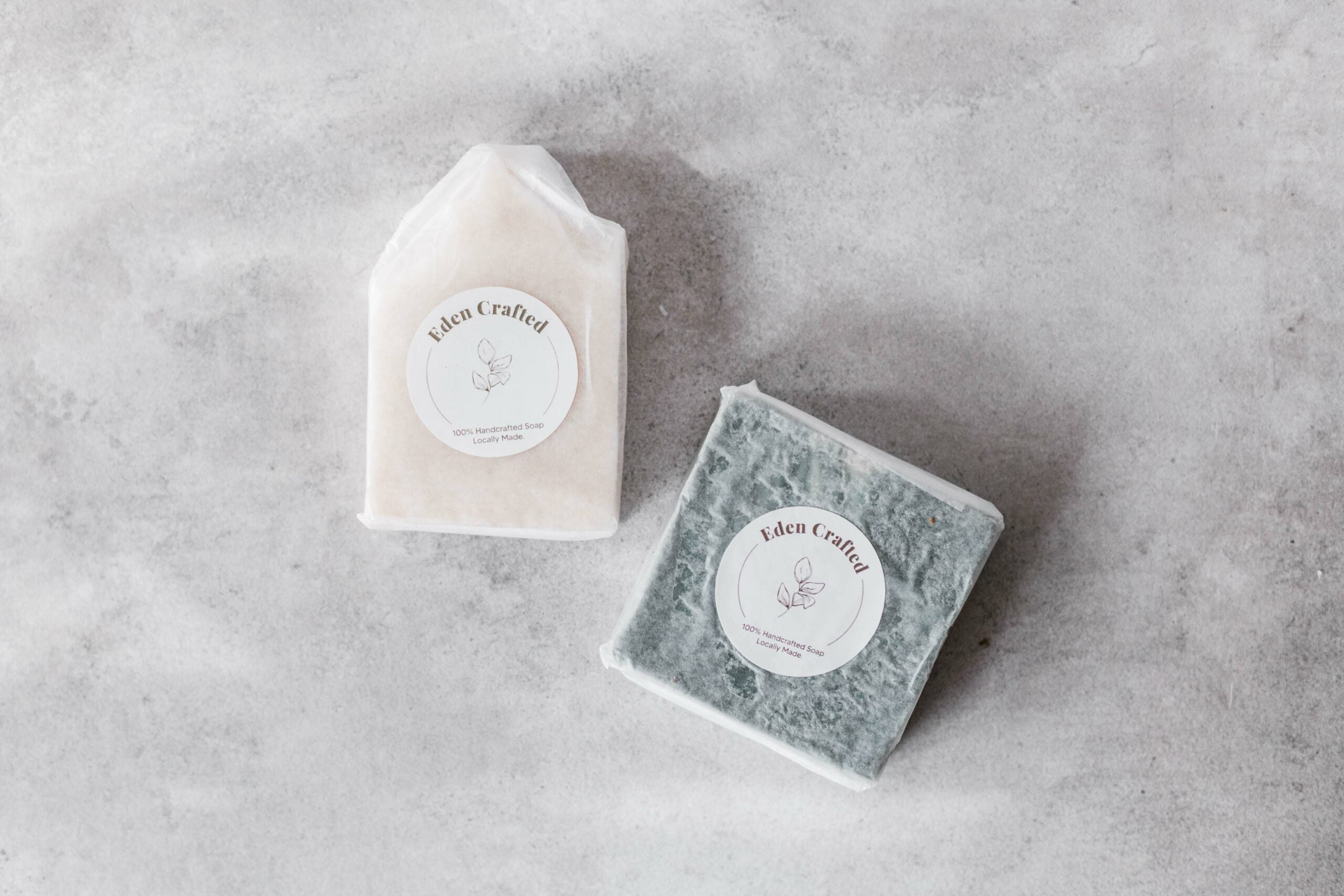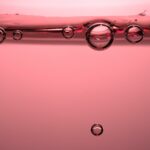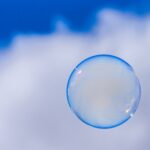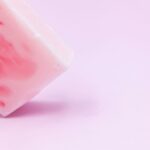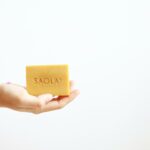Are you ready to dive into the captivating world of soap, where science and cleanliness intertwine? In this article, we will embark on a journey to unravel the mysterious chemistry behind soapmaking processes and explore the intriguing intricacies of soap. As a seasoned scientific writer and researcher with a passion for uncovering the secrets behind everyday products, my aim is to present you with fascinating soap facts and delve deep into the science that makes your soap so effective at keeping you clean. Join me as we unveil the science of soap and discover the fascinating world that lies within each bar.
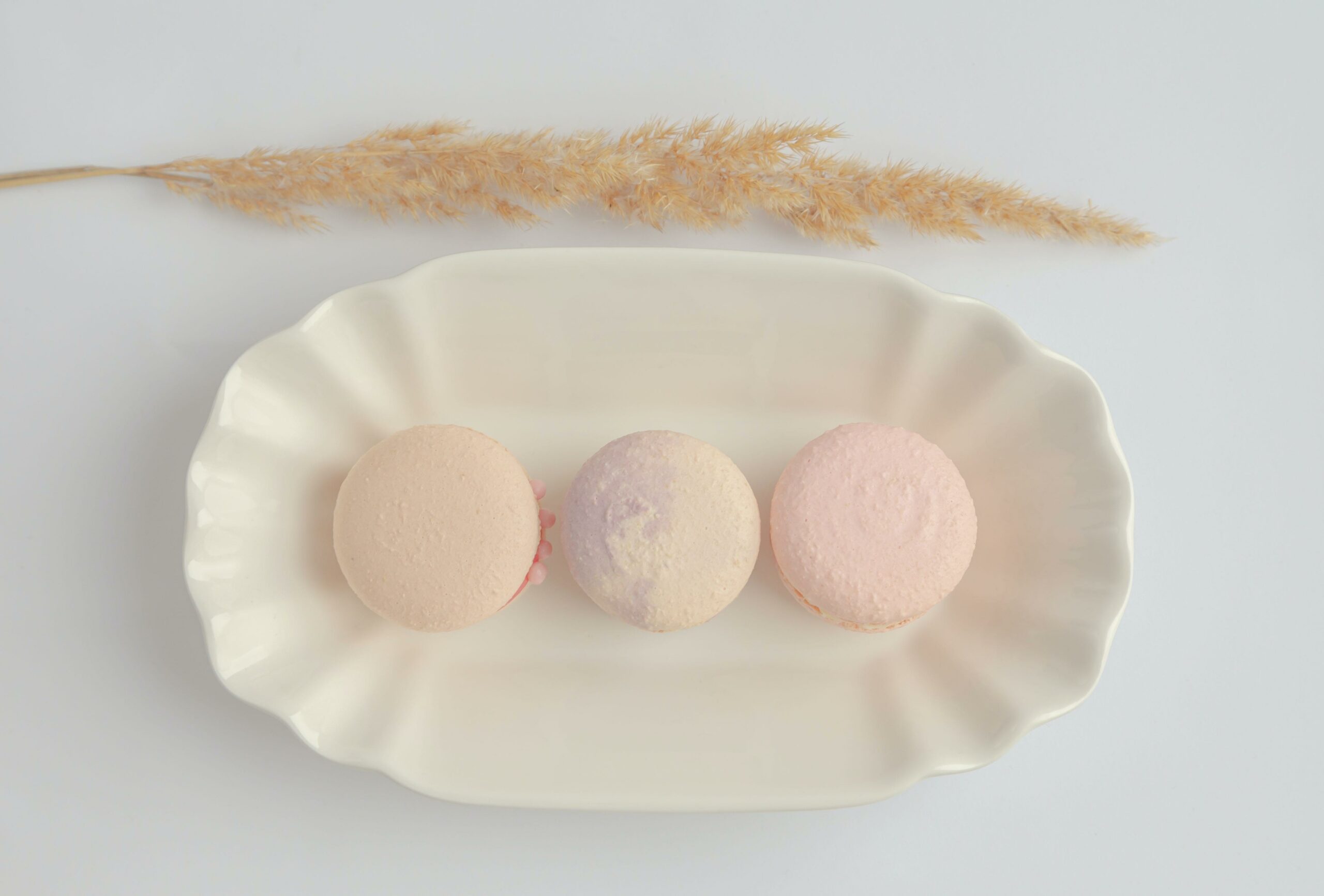
Soap Facts and Science
Soap, a ubiquitous part of our daily lives, is a fascinating concoction that goes far beyond its simple appearance and function. Its formulation and the science behind it are captivating, unveiling a world of intriguing chemical reactions that facilitate cleanliness. In this article, we will dive into the captivating soap facts and science that will leave you amazed at the secrets behind this everyday product.
First and foremost, let’s uncover the basic composition of soap. At its core, soap is the result of a chemical reaction called saponification. This reaction occurs when fats or oils are combined with an alkaline substance, such as sodium hydroxide or potassium hydroxide. The outcome of this reaction is the creation of soap molecules, known as surfactants, which have the incredible ability to interact with both water and oil. These surfactants play a vital role in the cleansing properties of soap.
Did you know that the process of soapmaking dates back thousands of years? Ancient civilizations, including the Babylonians, Egyptians, and Romans, recognized the importance of cleanliness and the potential of soap. They utilized a variety of ingredients, such as animal fats, vegetable oils, and plant ashes, to create their own versions of soap.
Over time, soapmaking techniques have evolved, incorporating innovative ingredients and refining the manufacturing processes. Today, soap formulations are carefully crafted to cater to diverse needs and preferences. From bar soaps to liquid soaps, antibacterial soaps to moisturizing soaps, there is a vast array of options available to meet our specific requirements.
Let’s take a closer look at the science behind the cleaning properties of soap. When soap is applied to a dirty surface, it surrounds and emulsifies the dirt, grease, and oils present. The hydrophobic tail of the surfactant molecule attaches itself to the dirt or oil, while the hydrophilic head interacts with water. This unique molecular structure allows soap to lift away impurities from surfaces and facilitate their removal when rinsed with water.
The ability of soap to create foam is often associated with its cleansing power. However, the formation of foam is not directly related to the cleaning action of soap. Instead, it is a result of the surfactant molecules aligning at the air-water interface to reduce surface tension. This arrangement creates bubbles, giving us the satisfying foam we associate with soap. So the next time you see a foamy lather, remember that its primary purpose is more about sensory pleasure rather than enhanced cleaning.
Now, let’s explore some interesting soap facts and science:
Soap can be an effective tool in the war against germs, killing various types of bacteria and viruses. This is due to its ability to disrupt the lipid envelope that protects these microorganisms.
By incorporating additives like activated charcoal or essential oils, soap can offer additional benefits. Activated charcoal helps absorb impurities from the skin, making it ideal for deep cleansing, while essential oils provide a delightful fragrance and potential therapeutic effects.
Contrary to popular belief, antibacterial soaps are not necessarily more effective than regular ones. The use of proper handwashing techniques, along with any soap that effectively removes dirt and oils, can help prevent the spread of illness-causing germs.
While soap is excellent for cleaning our skin and household items, it does have its limitations. For instance, it should not be used to wash delicate fabrics or certain materials that can be damaged by water. In such cases, it’s best to follow the manufacturer’s instructions or seek alternative cleaning methods.
In conclusion, the mysteries of soap have been unraveled, revealing a captivating world of soap facts and science. From the ancient art of soapmaking to the intricate chemical reactions that occur during cleansing, there is much to appreciate about this everyday product. So the next time you reach for that bar of soap or dispense liquid soap onto your hands, take a moment to appreciate the scientific wonders happening behind the scenes. As we delve deeper into the world of soap, we uncover not only its fascinating nature but also the important role it plays in our everyday lives.
“Soap, a concoction of chemical wonders, goes beyond its simple appearance to cleanse and captivate. Unveiling the science behind soap unlocks a world of fascinating soap facts and science that are as intriguing as they are essential.”
Scientific research has uncovered fascinating facts about soap that will leave you amazed. Did you know that soap has been used for centuries to maintain hygiene and cleanliness? It’s not just a simple product, but an essential part of our daily lives. If you’re curious to learn more about the scientific facts behind soap, click here: Scientific Facts About Soap. Discover the remarkable properties and benefits of soap that you never knew existed. Get ready to be pleasantly surprised by the wonders of this common yet extraordinary item. So go ahead and dive into the realm of scientific soap knowledge!
FAQ
Q: What is soap made of?
A: Soap is typically made from a combination of fats or oils and an alkali. This reaction, known as saponification, creates soap molecules that have both hydrophilic (water-attracting) and hydrophobic (water-repelling) properties.
Q: How does soap work to clean?
A: Soap works by reducing the surface tension of water, allowing it to spread more easily and penetrate dirt, oil, and other substances. The hydrophobic part of the soap molecule attaches to dirt and oil, while the hydrophilic part interacts with water, enabling the soap to lift away impurities.
Q: Why does soap produce bubbles?
A: Soap bubbles form when the soap molecules arrange themselves in a thin layer with water on both sides. The hydrophilic heads of the soap molecules face outward, interacting with water, while the hydrophobic tails face inward, creating a membrane that traps air and water vapor, forming a bubble.
Q: Can soap kill germs and bacteria?
A: Soap alone does not necessarily kill germs and bacteria. However, it can help remove them from hands and surfaces by loosening and lifting them away, reducing the risk of transmission. To effectively kill germs, it is recommended to use antibacterial soap or combine handwashing with an appropriate disinfectant.
Q: Is natural soap better than synthetic soap?
A: The preference between natural and synthetic soap depends on personal preferences and needs. Natural soaps often contain fewer chemicals and may be gentler on the skin. However, synthetic soaps can be formulated to have specific properties and functionalities. It is important to choose a soap that suits your skin type and addresses any specific concerns you may have.
- Senior at What Age: Benefits & Eligibility Guide - March 29, 2025
- Unlocking Senior Benefits: How Old is a Senior? Your Complete Guide - March 29, 2025
- Master Russian Politeness:A Guide to Saying Please - March 29, 2025
